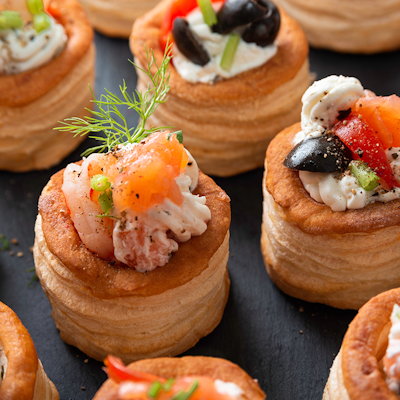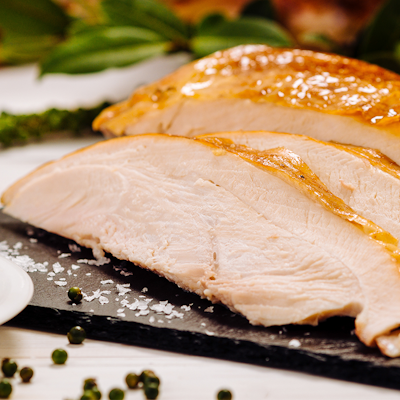Your Takeaway-Ready Christmas Menu
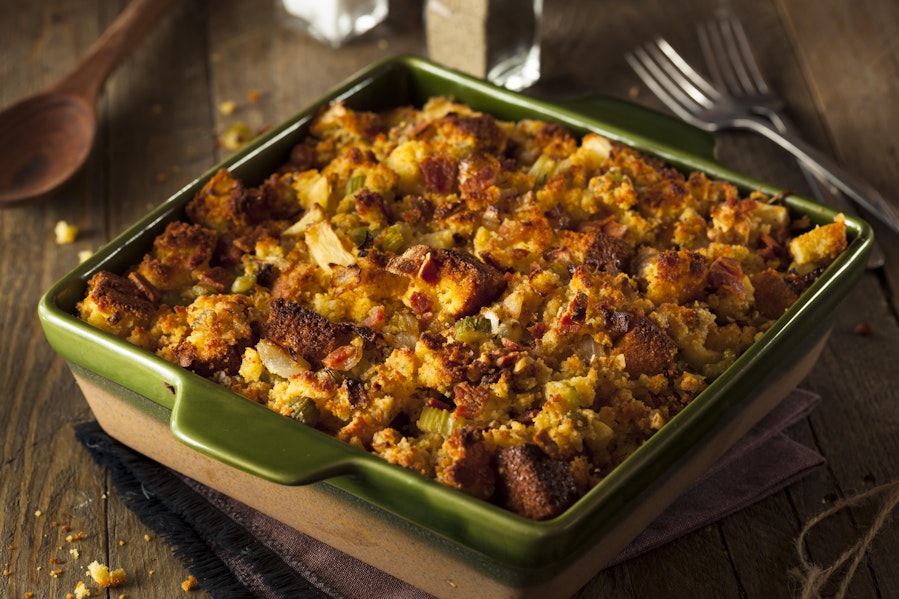
Christmas is coming and unlike last year 2021 is seeing many enjoy Christmas parties and festive nights out. But for some, staying in with a takeaway is still the preferable option while the pandemic continues.
How to make sure the quality of your dishes remains intact after they endure a walk, car or bike journey to the customer? Particularly festive foods, most of which aren’t exactly known for travelling well.
At Erudus, we’re always here to help. So we’ve put together our top takeaway tips for Christmas menus – ones that will have all your customers celebrating all the way into 2022!
Some general tips
Make sure your package is well padded
Use newspaper, napkins, brown or tissue paper to fill any gaps around food containers so there is no spillage and your dishes remain undisturbed.
Make an event of your festive takeaway
Get on social media and share pictures of your kitchen, and staff hard at work preparing the meals. It’ll create a sense of community, authenticity, and will give customers confidence that their food has been freshly prepared.
Treat sauces like stocking fillers
Send a selection of traditional festive sauces in individual pots to make the takeaway seem even more special and exciting – single servings of bread sauce, cranberry sauce or even a rich, Port gravy.
Now onto the dishes themselves…
Gravy
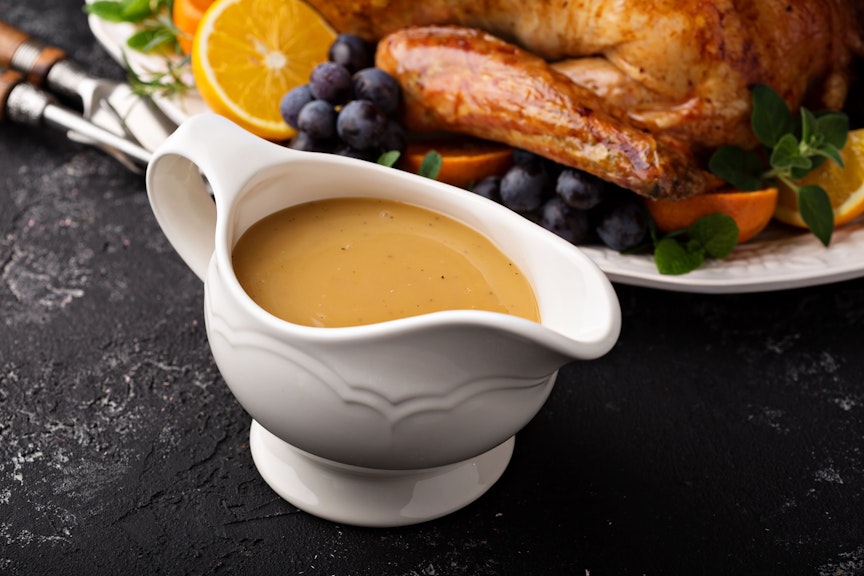
Fresh gravy is key
It’s best not to use any that is over 2 days old (and even then it should be kept refrigerated to avoid splitting) but if you do need to send out a batch over threshold, boil for 3 minutes to kill off bacteria before sending it out.
Pre-heat your containers
Wait until the last possible moment to transfer your gravy to the container it will be travelling in, and ensure it’s piping hot as you do so. You can keep your containers hotter for longer by warming them with boiling water before emptying and filling up with gravy.
Cover up
When storing and transporting gravy, place a layer of cling film or foil as close to the surface of the liquid as possible before placing the container’s lid on – this will avoid a skin forming on top.
Turkey
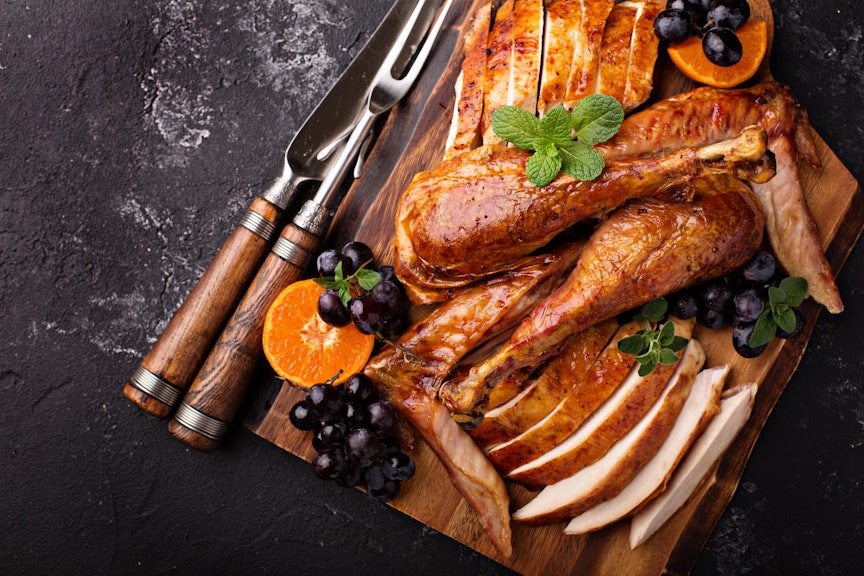
Keep things wrapped up
Exposing turkey meat to air for any extended period of time will cause the meat to dry out and crust, so keep it tightly sealed up when not carving it up for portions. Some experts have a rather unconventional method of doing this – bath towels under and over a foil covering.
Keep those juices intact
You’ll likely need to reheat your turkey before sending it out – add butter or stock to any portion and cover over with foil before doing that so that all the lovely meat juices won’t escape in the form of steam as the turkey heats.
Carve evenly
Carving your turkey slices (or thighs) as evenly as possible isn’t just good for portion control, it’s good for flavour too.
Roast Potatoes
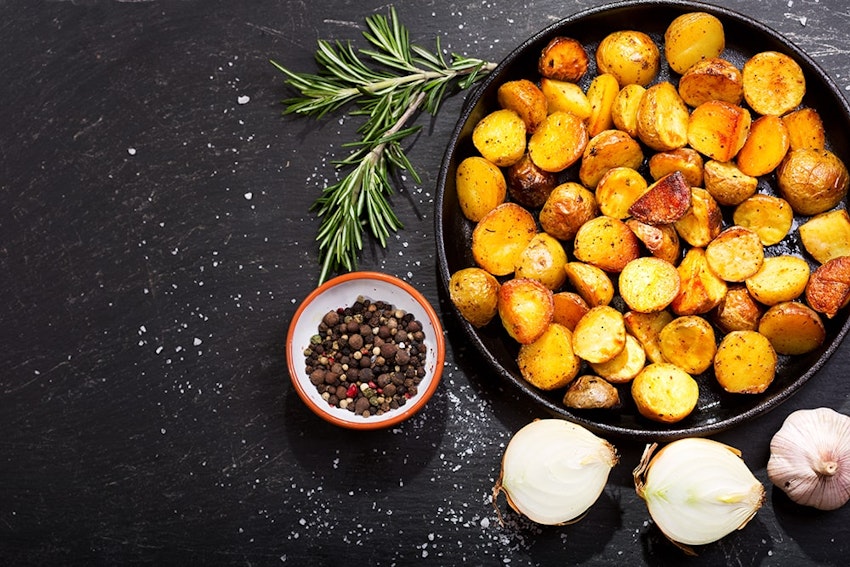
Crispiness is all in the preparation
When preparing your potatoes, give them lots of sharp edges and a good shake in the pan after par-boiling – this will give them maximum crispiness, and so if a little is lost during transportation it won’t be such a big deal.
Dryness is key
The potatoes must stay dry – from cooking to transporting they must be as dry as possible and kept away from steam and soggy gravy to keep them beautifully fluffy on the inside.
Avoid steam like the plague
Never let your potatoes get cool before sending them out. The heat is crucial to maintaining that delicious crispy exterior – and here’s where things get tricky – but you cannot simply cover them tightly with foil as that will trap steam and make your roasties damp. The trick to perfect is using a covering that leaves just enough room for steam to escape whilst providing some insulation for the potatoes. If uncertain, err on the side of more room than less to avoid condensation – so long as the roasties don’t go cold they’ll be alright.
Pigs in Blankets
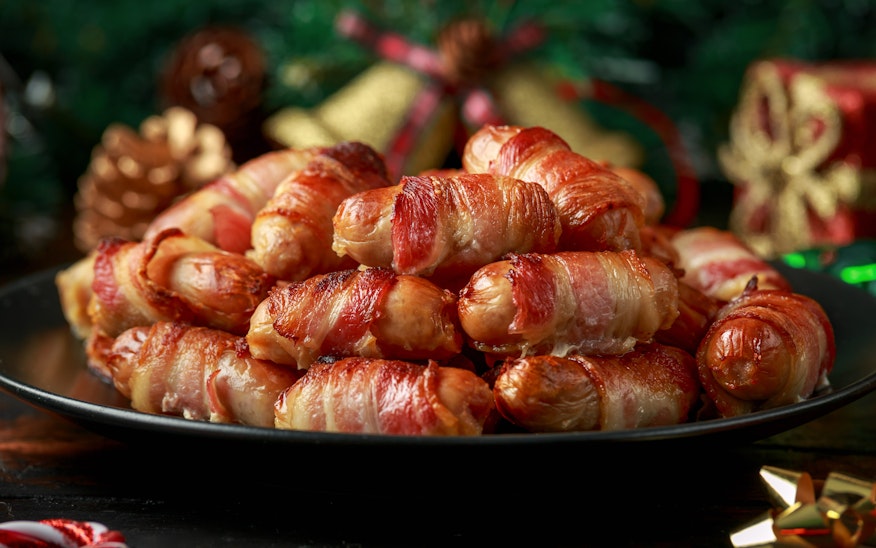
Start with paper towels
Pat your sausages dry before preparing – lots of steaming containers are usually involved with takeaways and this will stop excess sogginess.
Low heat is best
Avoid the temptation to cook the pigs in blankets at a high temperature – this will cause the bacon to curl up at the edges the longer it’s out of the oven. Pigs in blankets cooked at a lower temperature will last longer.
Avoid absorbent surfaces
After cooking your pigs in blankets, place on a cooling rack with absorbent paper below – never on the paper itself – so no juices will be lost that don’t have to.
Stuffing
Start with the breadcrumbs
If you’re making a large batch of stuffing ahead of time, be sure to dry out the breadcrumbs (or bread used for breadcrumbs) first. Moist bread makes for soggy stuffing – especially when it’s been sitting in the fridge.
Top up with stock
Add a splash of stock to the pan and remove the foil for the last 10 minutes of warming your stuffing before transferring to a container and re-covering for transportation. This should give it a nice crispy crust.
Keep a timer
Wrap the container in tinfoil and start the clock – you’ll have 45 minutes for the stuffing to remain fresh and delicious.
For official health and safety advice when it comes to takeaways, you can consult the FSA Guidance on Food Delivery here.
